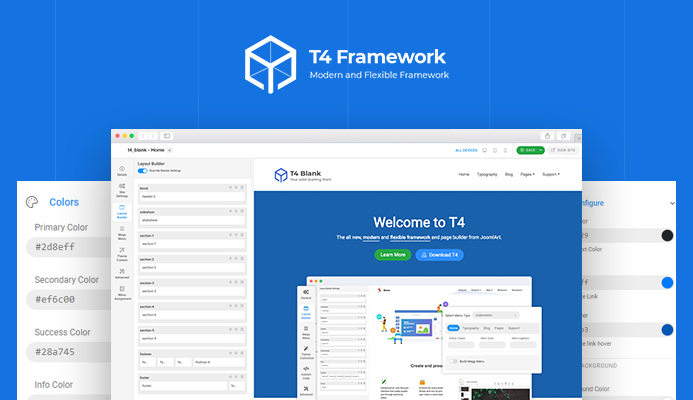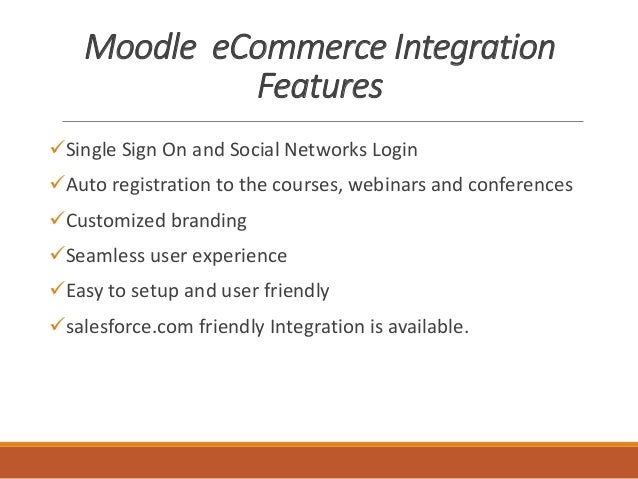


I started doing that with two small systems I maintain, where one tells the other to create, modify, and/or delete email accounts and aliases. I think probably the easiest, most universal way of doing that is to create a REST API on the target system, requiring some sort of unique key for authentication, and utilize it on the source system. If people, including myself are keen to explore creating bridge modules then knowing the different hooks and functions we should be using to get logins and sessions in a secure way would be helpful. There are different levels of bridge, some including MRBS, just share users and session, others like CiviCRM have much closer.

I do think that the range of integrations we can support could be an important strand to our outreach and marketing. MRBS has integrations for users to Wordpress and joomla it used to have an integration with Drupal7 but it was shut down as it wasn't secure enough. I created a post about what is needed for integrating MRBS - a very powerful and user friendly room (and other resource) booking solution that also works well on mobile but didn't get very far. Integrations to other systems will be particularly important for small businesses and small non profits as they try to piece together the functionality needed. Yes, it needs development in the other system also, but clear direction on what needs to be included for a secure bridge would be a good idea. I think it would be good to have some advice about the general approach to creating a bridge for other systems. Some of them might exist as Drupal 7 modules that could be converted (ported) for use in Backdrop, and they would be quicker & easier to get working on Backdrop than something that doesn't yet exist.Īlso, the module DrAlbany mentioned was in his post It is a Drupal 7 module, but that could probably be moved to Backdrop fairly quickly & easily. It would be far more helpful if you told us exactly which large & popular stand alone programs you actually use, so we could point to you what already exists and tell you how easy or difficult it would be to create the bridge for the specific programs you use. (There could be, but that would require all developers of all those programs to come to a consensus about the API and for all of them to use it, and that hasn't happened).
Webtrees joomla integration software#
Not all of them have any sort of connecting bridge (API), but most, if not all, of those that do, have different APIs from each other, so there is not really a one-size-fits-all API connection from one software to another. But not the same risk profile at all.In general, there are quite a few large and popular stand alone programs. A great CMS for many things (I use it extensively myself for non-genealogy data purposes) but inherently hackable.īlogging about family history is another issue completely, and there you would be right that WP is popular. I don’t know about you, but I’d be uncomfortable trusting my carefully researched “life’s-work” and my relatives personal information to such a risk as WP carries. Family history commonly contains a lot of personal data, including about living relatives. In my experience, outside of webtrees/kiwitrees/phpgedview the majority of family historians use the big data companies (Ancestry, FindMyPast, MyHeritage etc) or keep their data off the web completely.

I suspect your imagination “might” be wrong! But more importantly WP is also the worlds most hacked CMS in the world by a very large margin. I could imagine that the most genealogy sites worldwide are using WordPress as content management system.Īs WordPress is the most used CMS worldwide, wouldn't it be logical to combine webtrees with WordPress through a WordPress plugin or WordPress theme? On a low level in comparison to webtrees.


 0 kommentar(er)
0 kommentar(er)
